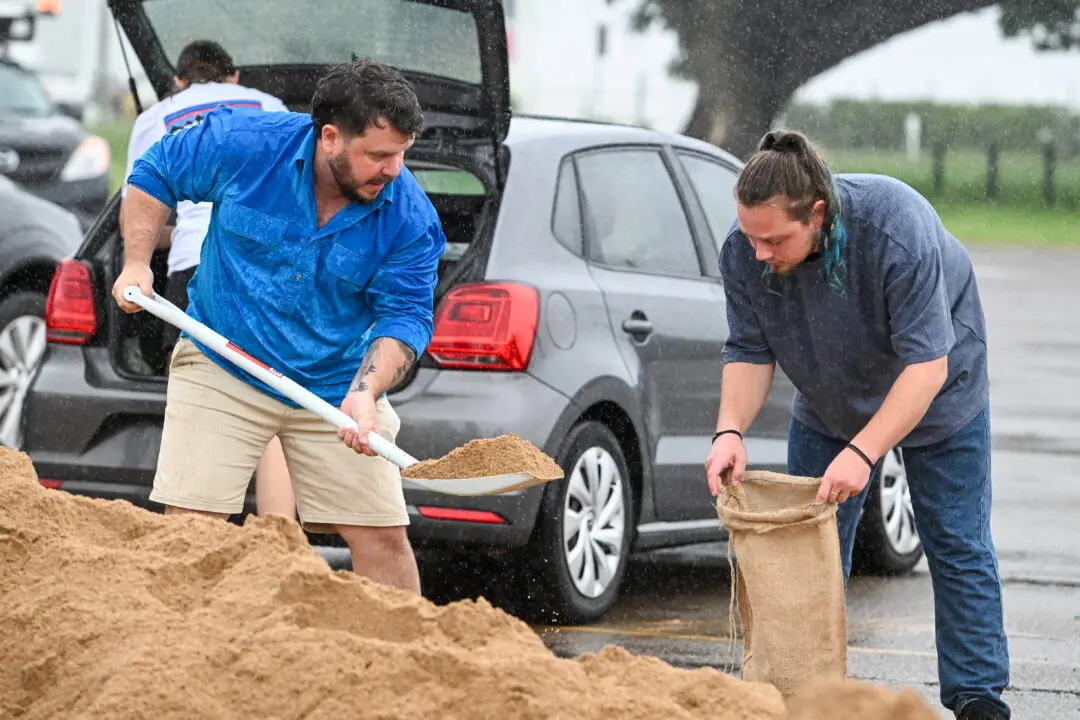Australia could be in for grassfires on a massive scale after three years of wet conditions left the nation loaded with fuel, history suggests.
A new analysis looks at what happened after the nation experienced previous prolonged periods of cooler, wetter La Nina conditions.





